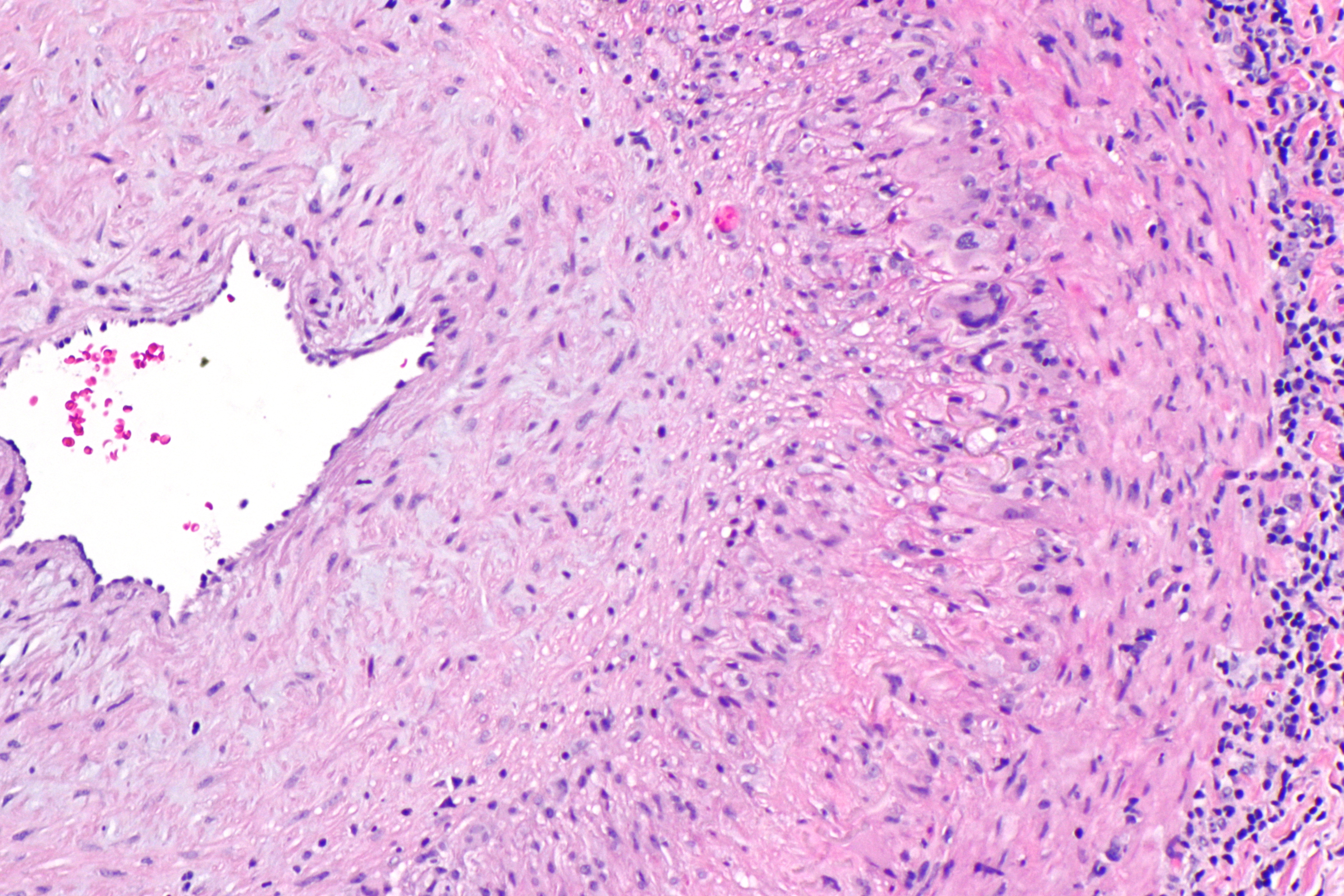|
Chapel Hill Consensus Conference
The Chapel Hill Consensus Conferences (CHCC) (1994 and 2012) are a pair of international conferences which addressed the need of standardized classification system for Systemic vasculitis, systemic vasculitides.Jennette JC; Nomenclature of systemic vasculitides. Proposal of an international consensus conference; Arthritis Rheum 2013Jennette, JC; Overview of the 2012 Revised International Chapel Hill Consensus Conference Nomenclature of Vasculitides; Clinical and Experimental Nephrology, 2013 2012 Revised International Chapel Hill Consensus Conference Nomenclature of Vasculitides References {{Reflist International conferences ... [...More Info...] [...Related Items...] OR: [Wikipedia] [Google] [Baidu] |
Systemic Vasculitis
Necrotizing vasculitis, also called systemic necrotizing vasculitus, is a category of vasculitis, comprising vasculitides that present with necrosis. Examples include giant cell arteritis, microscopic polyangiitis, and granulomatosis with polyangiitis. ICD-10 uses the variant "necrotizing vasculopathy". ICD-9, while classifying these conditions together, does not use a dedicated phrase, instead calling them "polyarteritis nodosa and allied conditions". When using the influential classification known as the "Chapel Hill Consensus Conference", the terms "systemic vasculitis" or "primary systemic vasculitides" are commonly used. Although the word ''necrotizing'' is omitted, the conditions described are largely the same. Classification Large vessel vasculitis Giant-cell arteritis and Takayasu's arteritis have much in common, but usually affect patients of different ages, with Takayasu's arteritis affecting younger people, and giant-cell arteritis having a later age of onset. Aortit ... [...More Info...] [...Related Items...] OR: [Wikipedia] [Google] [Baidu] |
Takayasu's Arteritis
Takayasu's arteritis (TA), also known as aortic arch syndrome, nonspecific aortoarteritis, and pulseless disease, is a form of large vessel granulomatous vasculitisAmerican College of Physicians (ACP). Medical Knowledge Self-Assessment Program (MKSAP-15): Rheumatology. "Systemic Vasculitis." Pg. 65–67. 2009, ACP. with massive intimal fibrosis and vascular narrowing, most commonly affecting young or middle-aged women of Asian descent, though anyone can be affected. It mainly affects the aorta (the main blood vessel leaving the heart) and its branches, as well as the pulmonary arteries. Females are about 8–9 times more likely to be affected than males. Those with the disease often notice symptoms between 15 and 30 years of age. In the Western world, atherosclerosis is a more frequent cause of obstruction of the aortic arch vessels than Takayasu's arteritis. Takayasu's arteritis is similar to other forms of vasculitis, including giant cell arteritis which typically affects older ... [...More Info...] [...Related Items...] OR: [Wikipedia] [Google] [Baidu] |
Giant-cell Arteritis
Giant cell arteritis (GCA), also called temporal arteritis, is an inflammatory autoimmune disease of large blood vessels. Symptoms may include headache, pain over the temples, flu-like symptoms, double vision, and difficulty opening the mouth. Complication can include blockage of the artery to the eye with resulting blindness, as well as aortic dissection, and aortic aneurysm. GCA is frequently associated with polymyalgia rheumatica. The cause is unknown. The underlying mechanism involves inflammation of the small blood vessels that supply the walls of larger arteries. This mainly affects arteries around the head and neck, though some in the chest may also be affected. Diagnosis is suspected based on symptoms, blood tests, and medical imaging, and confirmed by biopsy of the temporal artery. However, in about 10% of people the temporal artery is normal. Treatment is typical with high doses of steroids such as prednisone or prednisolone. Once symptoms have resolved, the dose ... [...More Info...] [...Related Items...] OR: [Wikipedia] [Google] [Baidu] |
Polyarteritis Nodosa
Polyarteritis nodosa (PAN) is a systemic necrotizing inflammation of blood vessels (vasculitis) affecting medium-sized muscular arteries, typically involving the arteries of the kidneys and other internal organs but generally sparing the lungs' circulation. Small aneurysms are strung like the beads of a rosary, therefore making this "rosary sign" an important diagnostic feature of the vasculitis. PAN is sometimes associated with infection by the hepatitis B or hepatitis C virus. The condition may be present in infants. PAN is a rare disease. With treatment, five-year survival is 80%; without treatment, five-year survival is 13%. Death is often a consequence of kidney failure, myocardial infarction, or stroke. Signs and symptoms PAN may affect nearly every organ system and thus can present with a broad array of signs and symptoms. These manifestations result from ischemic damage to affected organs, often the skin, heart, kidneys, and nervous system. Constitutional symptoms are see ... [...More Info...] [...Related Items...] OR: [Wikipedia] [Google] [Baidu] |
Kawasaki Disease
Kawasaki disease is a syndrome of unknown cause that results in a fever and mainly affects children under 5 years of age. It is a form of vasculitis, where blood vessels become inflamed throughout the body. The fever typically lasts for more than five days and is not affected by usual medications. Other common symptoms include large lymph nodes in the neck, a rash in the genital area, lips, palms, or soles of the feet, and red eyes. Within three weeks of the onset, the skin from the hands and feet may peel, after which recovery typically occurs. In some children, coronary artery aneurysms form in the heart. While the specific cause is unknown, it is thought to result from an excessive immune system response to an infection in children who are genetically predisposed. It does not spread between people. Diagnosis is usually based on a person's signs and symptoms. Other tests such as an ultrasound of the heart and blood tests may support the diagnosis. Diagnosis must take int ... [...More Info...] [...Related Items...] OR: [Wikipedia] [Google] [Baidu] |


